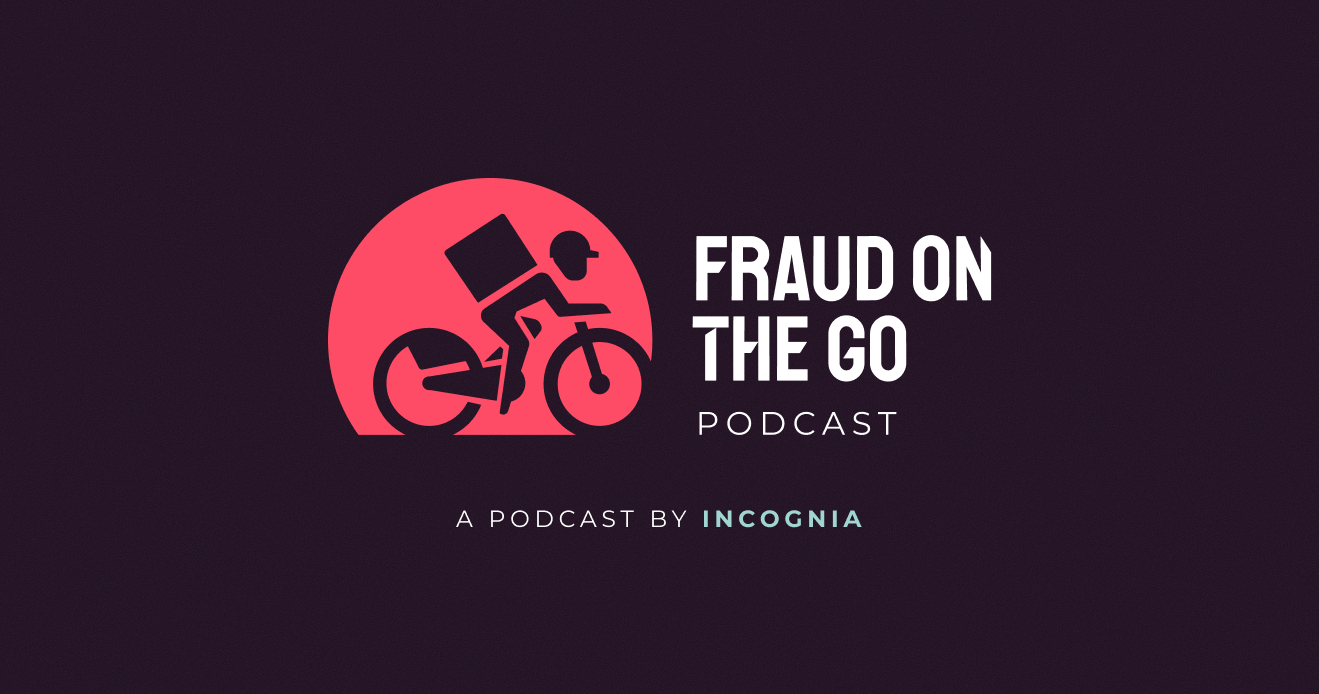- Blog
- Communicating the Value of Fraud Prevention to Executives
Communicating the Value of Fraud Prevention to Executives
In a world where digital threats are constantly evolving, protecting your company's bottom line through effective fraud prevention is more critical than ever. This post dives into the nuances of conveying the unseen but substantial impacts of fraud prevention to leadership. Learn how to articulate the value of fraud prevention initiatives in a language that resonates with executives, backed by data and storytelling, to secure the resources necessary for safeguarding your company's financial health and customer trust.
Subscribe to the Incognia Newsletter
As a fraud prevention expert, you know that fraud detection and prevention is crucial for maintaining consumer trust, protecting a brand’s reputation, maximizing profits, and upholding Trust & Safety initiatives. Yet, articulating the complex and often technical nuances of fraud prevention strategies to those outside this specialized field can be a significant challenge.
In Marketplace Risk’s “Fraud Prevention: Cost Center or Profit Center?” webinar, André Ferraz, CEO and co-founder of Incognia, teamed up with Brian Davis, head of fraud at Dodgeball Orchestration, to talk about how to bridge the gap between the value fraud fighters know they bring and the lack of visibility that value can have to executives.
Communicate the impact & scale of fraud at your company
As Brian mentions in the webinar, executives and other key stakeholders are busy people with hands in multiple different spheres of the business. “...As the fraud expert you are, you need to understand what an executive's day looks like. They're bouncing from meeting, to meeting, to meeting, with a couple meetings overlapped and double-booked. They don't take a break and decompress until probably Saturday night when they're not thinking about a conversation they had. We need to make it easy for them to understand the impact. We need to be clear. Not clear for us, the experts who are in the weeds. Clear for them, who are receiving the information of why they should support it in the first place.”
With this in mind, it’s clear that it makes no sense to expect that executives will intuitively understand the full impact fraud is having on your business. You’re in the weeds, on the frontlines, and you know the data. But your executives likely have only a high-level view of the problem. It’s up to you as a fraud prevention expert in your company to make clear what’s going on and, critically, how it’s impacting the bottom line.
Fraud fighters know firsthand how significant this impact can be, and how profound the scale of fraud can be, especially with even individual fraudsters sometimes accessing hundreds of different accounts. In one example from Incognia, André described how one ride-hailing app client was seeing 60% of referral bonuses going to existing users—meaning, essentially, that the company was losing over a million dollars a month to existing users using fake accounts to commit policy abuse. This is the type of impact that can really turn your leadership’s ear, but knowing how to communicate what you know as a fraud expert is also crucial to getting your value across.
Avoid fraud fighting jargon, and speak the language of ROI
As a fraud prevention expert reviewing tickets, analyzing data, and investigating new products and trends every day, you know a lot about the world of fraud prevention. That’s why your company hired you—to know all of the ins-and-outs of the field and keep ahead of the latest emergent threats and detection technologies. You know all of these things so that other team members—including key stakeholders—can be experts in other areas.
Put simply, you might be a fraud prevention expert, but you can’t and shouldn’t expect everyone to be. Jargon that makes perfect sense to you might sound like a lot of unfamiliar words to an executive. Fraud prevention and detection lingo won’t help you communicate the actual meaning of your pitch to your executives, and that’s why you need to communicate your value in their language.
Fraud prevention protects the bottom line by minimizing losses, but it also costs money to invest in new solutions and stay on top of emerging threats, which is why, to executives, it reads like more of a cost center than profit center. To emphasize the value of fraud prevention, you need to bring the numbers that prove fraud prevention maximizes the bottom line. Think of it as an exercise in storytelling where it’s your job to tell the story of how your efforts have and will continue to save your company money.
As André puts it, “If you just come to your CEO and you say, ‘Hey, there were 2 million fake accounts last year,’ that sounds big, but what does it mean? If you're able to say, ‘These fake accounts, all of them, they used a $10 coupon.’ That means you just gave $10 to a bunch of fraudsters, right? So if you're able to do that math, you should always do it, because if you come to your CEO and you say, ‘Hey, we burned $20 million of coupons.’ That's a different story. Exactly the same scenario, but you just brought this up in a much better way, so people can understand the real impact, right?”
Not all fraud types will have such clean cut loss numbers, but wherever you do have the data, it’s your best friend for getting the big picture across to your leadership.
Come ready with the data to support your claims
Having evidence to back up your claims about the value fraud prevention is protecting in your company is critical to making your case.
Just like Brian pointed out in the Marketplace Risk Management webinar, “People are going to always ask for the numbers. What's the impact? What's it costing us? What can we do? What happened? What are our alternatives? What happens if we just accept this? Is that the end of the world? And if you're unable to prove that just accepting this is an awful idea, then it's going to be hard to really get any support or change anything.”
Not all data is created equally, either. Fraudsters know what the industry standard methods for identifying individual devices are, for example, and they devise workarounds to make their one device seem like many different devices. By extension, they can spread their presence out across dozens or even hundreds of different accounts. Using tamper-resistant solutions means that you can trust that the numbers you’re seeing actually indicate the scale of the problem your company is facing with fraudsters.
That’s one of the reasons investment in fraud prevention can be so impactful, as it allows fraud professionals to keep testing new signals and solutions. In one case André described in the webinar, Incognia was able to prove that what one organization thought was over three hundred different devices making purchases on their platform was in fact only one.
Without this kind of reliable data, it can be hard to even know the full scale of your fraud problems to be able to communicate it to your leadership. It’s almost a Catch-22: you might need more resources to collect better data, but you also need the best data to make your case for more resources.
In cases where hard numbers aren’t yet available, André recommends keeping an ear to the ground in your company, so that you have multiple sources of information to draw on when it comes to investigating potential new threats: “It's important to maintain a line of communication with the customer support teams so that you can understand if anything is changing in terms of people calling your contact center and complaining about X, Y, and Z, right? You should have a relationship with that team because usually that's where you start understanding what could be changing… Once you have a few anecdotal examples, then try to engage the data science team, for example, and do a deep dive to try to understand how big a problem is.”
Effective fraud prevention is critical not just for safeguarding a company's financial health but also for maintaining its reputation and customer trust. Communicating the value of fraud prevention in a way that resonates with leadership—through clear, impactful storytelling supported by hard data—can make all the difference in securing the necessary resources to combat fraud. For even more insights about emphasizing fraud prevention’s value to senior leadership, check out the full webinar here.




